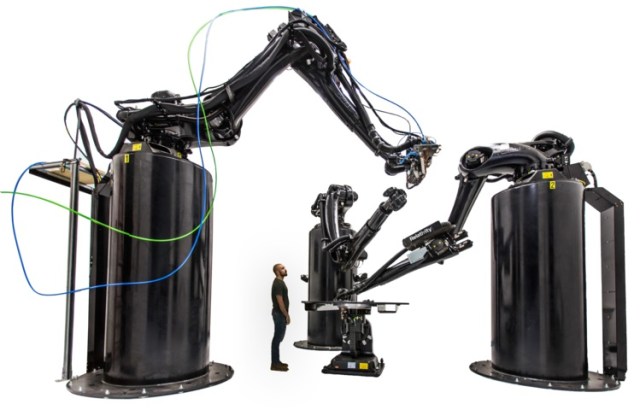
Tethers Unlimited Inc. says it’s delivered a combination 3-D printer and plastic recycler to NASA for testing on the International Space Station.
Tethers Unlimited CEO Rob Hoyt told GeekWire that the Refabricator payload, about the size of a mini-refrigerator, was built under the terms of a $2.5 million Phase 3 contract from NASA’s Small Business Innovation Research program, or SBIR. It’s on its way to NASA’s Kennedy Space Center in Florida and is due to be sent to the station on a SpaceX Dragon resupply flight later this year, Hoyt said in an email.
The formal delivery to NASA marks the culmination of three months of performance and certification testing both at Tethers Unlimited’s lab in Bothell, Wash., and at NASA’s Marshall Space Flight Center in Huntsville, Ala., the company said today in a news release.







